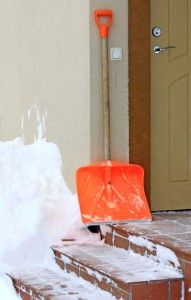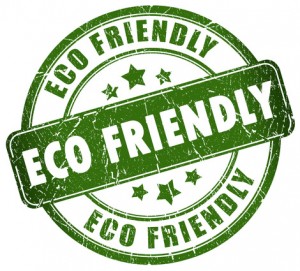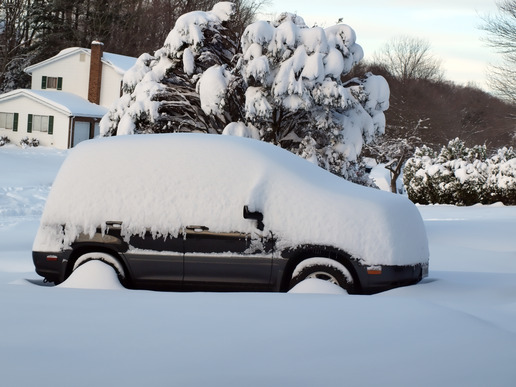Walking into the ice melt section of a store can be a dizzying experience. The bags all look the same, the ingredients lists can be hard to de-code and there is no way to tell which one will work best. Are the more expensive options better? Which one is safer for your landscaping? Take a look at these top three choices and decide which one suits you.
 Calcium Chloride
Calcium Chloride
Most brands of ice melt use a blend of salts. Calcium chloride is the most popular choice. It prevents ice from freezing at temperatures as low as -31 degrees Celsius, the lowest temperature that any typical salt will work. Because it gives off heat as it dissolves, it also works the quickest out of any option. However, it is a very harsh chemical. It will corrode metal, damage decorative concrete, harm plants and hurt animal paws.
Rock Salt
Rock salt is chunks of sodium chloride, better known as regular table salt. Not only is the cheapest and most readily-available option, but it also helps dry out the surface it is applied to. Rock salt itself will only melt ice at temperatures around -6 degrees Celsius, but it is often combined with other salts to improve its effectiveness. It is less damaging to surfaces than calcium chloride, but it is still harmful to plants and pet paws.
 Eco-Friendly
Eco-Friendly
Eco-friendly options use gentler salts than their commercial counterparts. While no eco-friendly option is perfect, they are significantly less damaging to pets, plants and waterways than traditional salts. Most of these options contain a combination of magnesium chloride, urea and an acetate. Of these ingredients, urea is the most controversial. Recent studies have found it can be damaging to aquatic life, but it is still less harmful than most other commercial ingredients.
Shopping Tips
Knowing your ingredients gives you some excellent guidelines for choosing a de-icing product. The following tips will help you narrow down your options further:
- All salts are somewhat irritating for pet paws, and so if your animals will be on the surface a lot, opt for a chloride-free blend.
- Choose a urea-free blend if you have water on your property, such as a pond or stream, or live near a large body of water.
- Research online before going to the store. Having a short-list of brands you like will make shopping easier.
- Avoid any brand that doesn’t list ingredients on the bag.
- Avoid brands that only list “chloride” as an ingredient instead of specifying a kind of salt.
- Be wary of eco-friendly claims. Always check the ingredients for yourself.
- For anything larger than a driveway, it is likely more economical to combine a liquid de-icing agent with normal rock salt.
All of these products are most effective if put down before snow hits or after shoveling has been done. You can take the guesswork and physical labor out of de-icer shopping by hiring a professional snow removal service. Not only will the snow be shoveled for you, but snow removal professionals will put down a layer of eco-friendly ice melt after the work is done. No matter what option you choose, having a de-icer applied to your driveway and walkways is safer for you and your family than shoveling alone.

 1. Tackle Icy Windshields and Tires
1. Tackle Icy Windshields and Tires